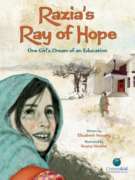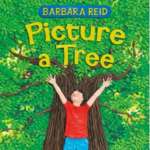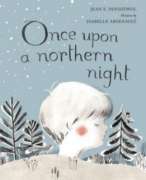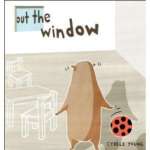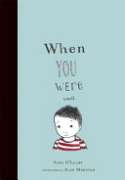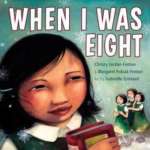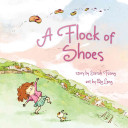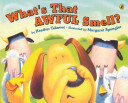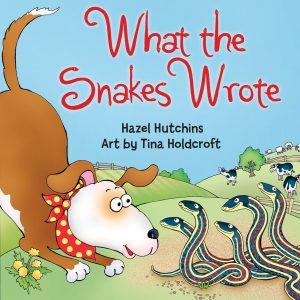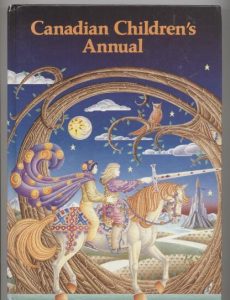 Partial contents: — Princess Felicia and the dragon, by Wendy Rutherford. — The pink cube, by Monica Hughes. — Harry and the devil, by Angelo Furlan. — Pineyporc, by Lynn Davies. — Dragons at mooncastle, by Joanne Findon. — The day Ricky remembered the deer, by Sheryl McFarlane. — Those pictures, by Martyn Godfrey. — Flamingo the magic falcon, by Catherine Buckaway. — The mystical island, by J. M. Rattray. — Those big stinky cows, by Anita Krumins. — Cat Mundy’s magic, by Welwyn Wilton Katz. — How Elsa became an artist, by Mary Alice Thompson. — Ski lodge mystery, by Joan Weir. — Magic Mom, by Gillian Richardson. — Mother’s day card, by Shirlee Smith Matheson. — The horned helmet, by Joyce Barkhouse. — Diamond Ed, by Marjorie Holland.
Partial contents: — Princess Felicia and the dragon, by Wendy Rutherford. — The pink cube, by Monica Hughes. — Harry and the devil, by Angelo Furlan. — Pineyporc, by Lynn Davies. — Dragons at mooncastle, by Joanne Findon. — The day Ricky remembered the deer, by Sheryl McFarlane. — Those pictures, by Martyn Godfrey. — Flamingo the magic falcon, by Catherine Buckaway. — The mystical island, by J. M. Rattray. — Those big stinky cows, by Anita Krumins. — Cat Mundy’s magic, by Welwyn Wilton Katz. — How Elsa became an artist, by Mary Alice Thompson. — Ski lodge mystery, by Joan Weir. — Magic Mom, by Gillian Richardson. — Mother’s day card, by Shirlee Smith Matheson. — The horned helmet, by Joyce Barkhouse. — Diamond Ed, by Marjorie Holland.
